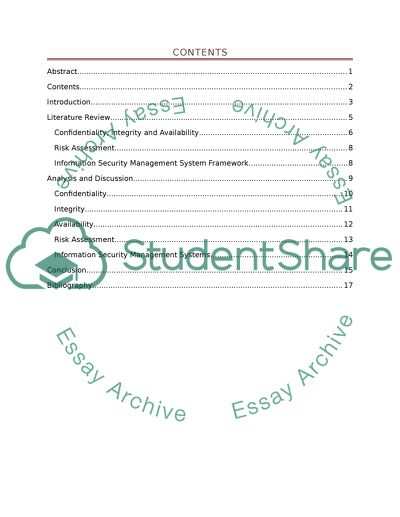Cite this document
(“Understanding IT security and its impact to organizations Research Paper”, n.d.)
Retrieved de https://studentshare.org/information-technology/1391387-understanding-it-security-and-its-impact-to-organizations
Retrieved de https://studentshare.org/information-technology/1391387-understanding-it-security-and-its-impact-to-organizations
(Understanding IT Security and Its Impact to Organizations Research Paper)
https://studentshare.org/information-technology/1391387-understanding-it-security-and-its-impact-to-organizations.
https://studentshare.org/information-technology/1391387-understanding-it-security-and-its-impact-to-organizations.
“Understanding IT Security and Its Impact to Organizations Research Paper”, n.d. https://studentshare.org/information-technology/1391387-understanding-it-security-and-its-impact-to-organizations.


